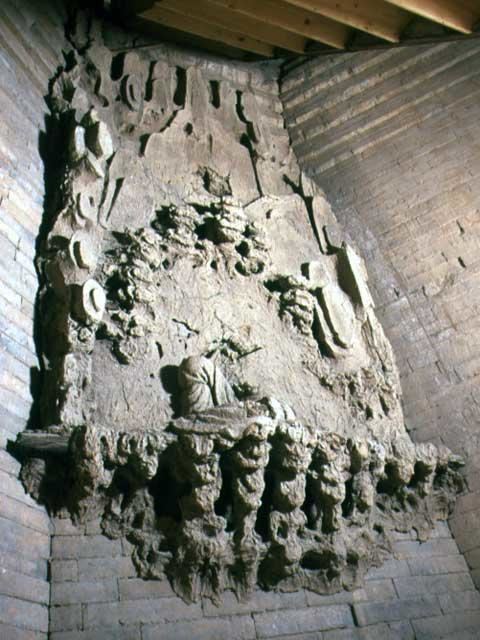After the legalization of Christianity in the fourth century, fierce debates broke out among theologians about the nature of Jesus. Was he god or man? Was he of the same substance as the Father or was he only of a similar substance? In his mixture of divine and human natures, which predominated? How many wills did he have? How many energies? The correct answers often depended on the whims of the imperial family and getting the answers wrong could mean deposition from your church office or exile.
One band of losers in these very abstruse arguments were the followers of Nestorius, Patriarch of Constantinople. They migrated out of the Roman Empire into Persian territory and from there spread all across Asia, calling themselves the Church of the East, becoming for centuries the most wide-spread of Christian denominations with branches in Syria, central Asia, and India. In 625 their missionaries reached Xian, ancient capital of China and successfully evangelized there. Though the Church of the East was largely wiped out by Muslim and Mongol persecution, it still survives in small pockets and a North American diaspora.
In 1999 archaeologists uncovered a nativity scene on a wall in a crumbling temple in Xian. It seems to have been produced in the late 700s; made of wood and plaster it depicts a reclining Virgin Mary amid Chinese landscape scenery. As you can see below, it is in a ruinous state but continues to represent a once thriving Christian culture in Asia.
